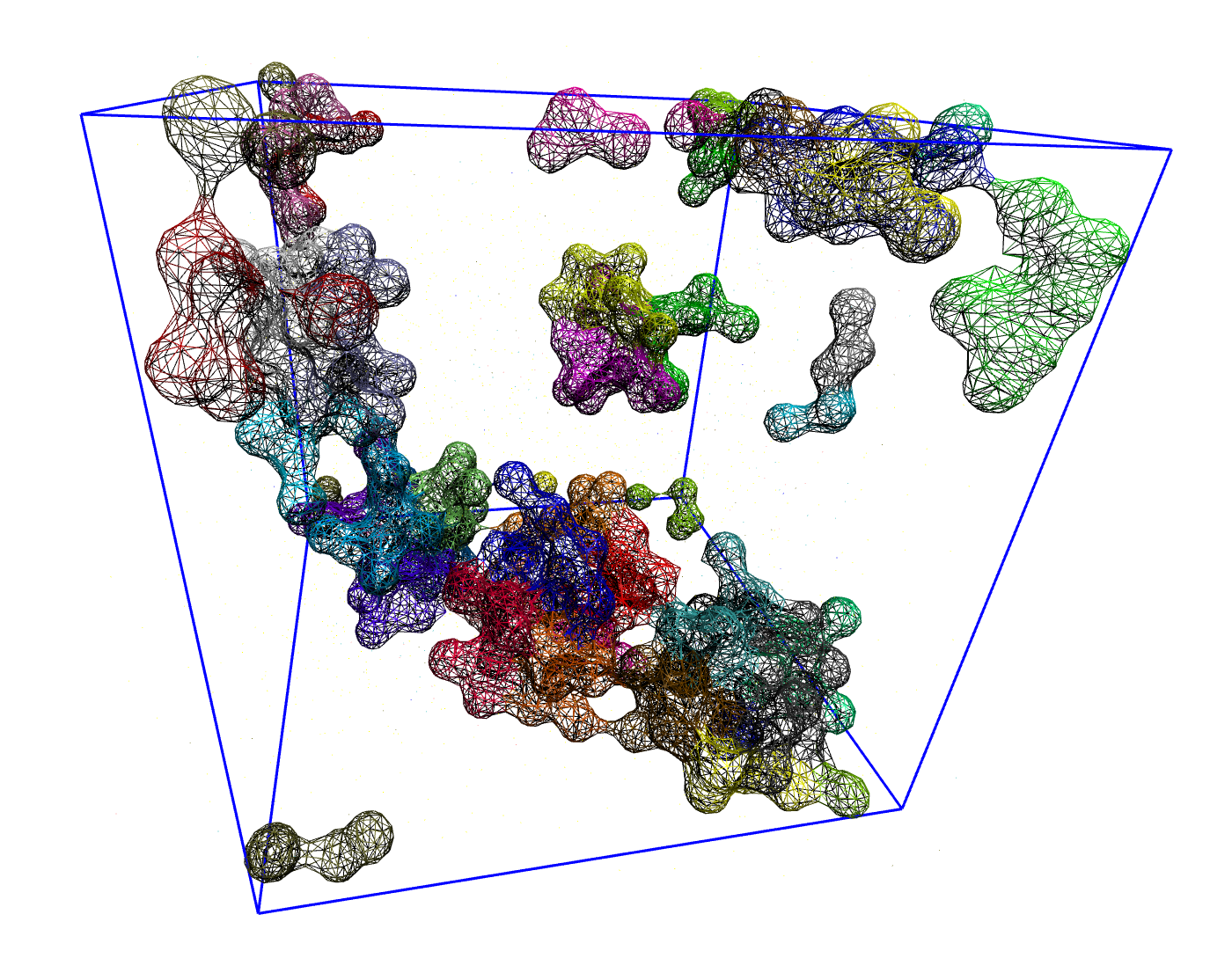The objective of our research program is to conceive, design, and predict novel soft and biological materials with controllable kinetics and thermodynamics, supported by the development and implementation of computational methods and models. Our results can be used to guide the design of experimental systems for applications in biomedicine, electronics, and energy.
Some of the topics that we work with are:
- Biomolecular Materials
- Multiscale Molecular and Materials Modeling
- Materials Design Frameworks
- Enhanced Sampling Techniques

